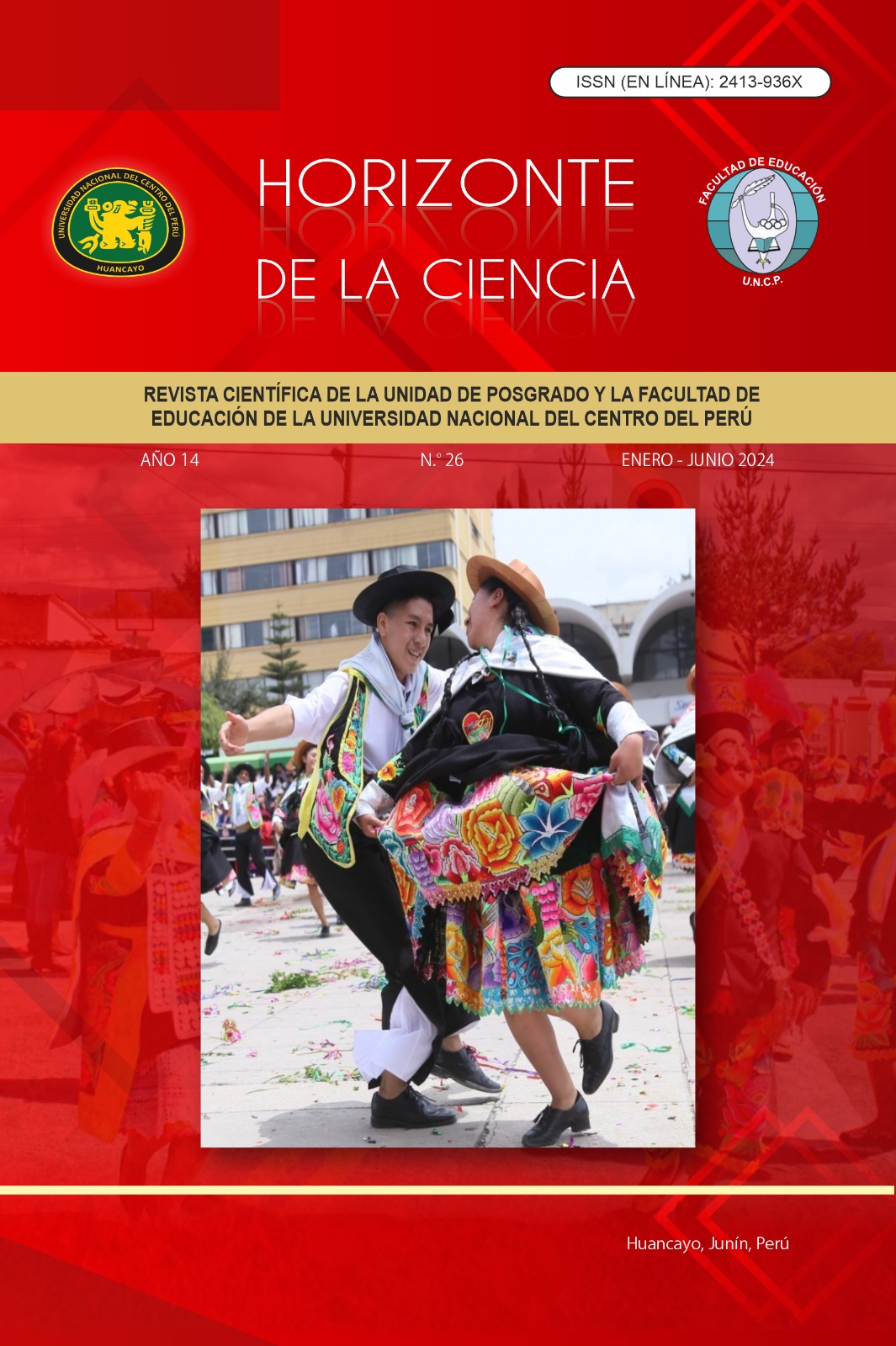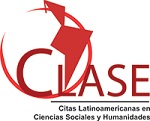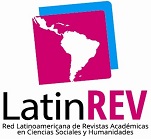SENSITIVITY AND POWER OF DISCRIMINATION OF PEDAGOGICAL TESTING OF EXECUTION MAXIMUM
DOI:
https://doi.org/10.26490/uncp.horizonteciencia.2023.24.1905Keywords:
Edumetric, Statistics and educational investigation, PyschometricAbstract
In the present research work of a correlational descriptive type, the variables sensitivity and power of discrimination of the items of the pedagogical tests of execution maximum that are applied to the students of the educational institutions of the Junín Region were studied. The general objective was to statistically analyze and interpret the relationship between the aforementioned variables. And, as a hypothesis: there is a causal relationship between the psychometric statisticians of sensitivity and the power of discrimination, of the items of the pedagogical tests of execution maximum that are applied to the students of the educational institutions of the Junín Region. Arriving at the conclusion, among others, that there is a correlation r = 0,951, high, direct with average significance of 0,01 as well, the determination coefficient highlights that up to 91% of the value of sensitivity is determined by the value of the power of discrimination, and 9% is due to other factors; and, that there is equality between the degree of dependence and the degree of influence of sensitivity on discriminative power and vice versa, of the pedagogical tests of execution maximum that are applied to the students of the educational institutions of the Junín Region.
Downloads
References
Aiken, L. (1995). Test psicológicos y evaluación. Prentice Hall. Hispanoamericana.
Ary; Jacobs y Razaviev. (1992). Introducción a la investigación pedagógica. McGraw-Hill.
Calvo, E. (2015). Estadística: software estadísticos versus fórmulas estadísticas. [Trabajo de investigación]. Centro de Producción de Documentos-UPSMP.
Cárdenas Ayala, A. (2008). Análisis estadístico de los instrumentos de recolección de datos a través de los estadígrafos de deformación y apuntamiento. Revista Horizonte de la ciencia, 04, 79-88. http://revistas.uncp.edu.pe/index.php/ horizontedelaciencia
Cárdenas Ayala, A. (2009). Poder discriminativo, nivel de exigencia y capacidad predictiva de los exámenes de selección [Investigación no publicada] I.I.FPH-UNCP.
Cárdenas Ayala, A. (2010). Relación entre la validez, el poder discriminativo y nivel de dificultad de las pruebas pedagógicas. Revista Horizonte de la ciencia, 01, 119-126. Huancayo, Perú. http://revistas.uncp.edu.pe/index.php/horizontedelaciencia
Cárdenas Ayala, A. (2011). Índice de discriminación de los ítems politómicos en las pruebas pedagógicas. Revista Prospectiva universitaria, V- 8, 01, 119-126. UNCP. http://www.uncp.edu.pe/universidad/investigación/index.php
Cárdenas Ayala, A. (2013). Dificultad y sensibilidad de los instrumentos de recolección de datos. Editora Imprenta Ríos S.A.C
Cárdenas Ayala, A. (2014). Confiabilidad y validez de las pruebas pedagógicas de ejecución máxima. [Investigación no publicada] I.I. FE-UNCP.
Cárdenas Ayala, A. (2015). Confiabilidad y poder de discriminación de las pruebas pedagógicas de ejecución máxima. Revista Prospectiva universitaria, V-13, 01 y 02, 85-90. UNCP. http://www.uncp.edu.pe universidad/investigación/index.php
Cárdenas Ayala, A. (2017). Sensibilidad y confiabilidad de pruebas pedagógicas de ejecución máxima. Revista Educación y ciencia, V-3, 09, 71-78. UNCP.
Cárdenas Ayala, A. (2018). Validez y sensibilidad de pruebas pedagógicas de ejecución máxima. [Investigación no publicada] I.E.I., FE-UNCP.
Cárdenas Ayala, A. (2020). Poder de discriminación y validez de pruebas de ejecución máxima. I.E.I., FE-UNCP, Revista Investigación y educación, 1, 8-21. https://revistas.uncp.edu.pe/index.php/invest
Cárdenas Ayala, A. (2022). Nivel de exigencia y poder de discriminación de pruebas pedagógicas de ejecución máxima. Revista Investigación y educación, 1, 79-90 https://doi.org/10.26490/uncp.investigaciónyeducación.2022.3.1.1668
Davis, F. (1989). Analyze des items. Nauwelaerts.
Delgado; Escurra y Torres. (2006). La medición en psicología y educación. Hozlo.
Fermín, M. (1995). La evaluación, los exámenes y las calificaciones. Kapeluz.
Gonzalvo, G. (1994). Diccionario de metodología estadística. Morata S.A.
Hambleton y Novik. (1989). Toward an integration of theory and method for criterion referenced test. Measurmet.
Hernández; Fernández y Baptista. (2003). Metodología de la investigación. McGraw-Hill.
Lozada y Sánchez. (2010). Estadística inductiva. Universidad de Holguín Oscar Lucero Moya.
Nunnally y Bernstein. (1995). Teoría psicométrica. Mc Graw-Hill.
Piris y Zacharzewski. (2017). Sociedad estadísitica. Universidad Nacional de Misiones.
Quezada, N. (2010). Metodología de la investigación-Estadística aplicada en la investigación. MACRO.
Rubio, A. (2018). Cuidado al calcular las medidas de forma con el software Excel. [Trabajo de investigación]. UNALM.
Sánchez y Reyes. (2006). Metodología y Diseños en la Investigación Científica. Visión Universitaria.
Santa, M. (2015). Glosario Español-Inglés y English-Spanish de terminología estadística. Universidad Nacional Abierta y a Distancia.
Schiefelbein, E. (1999). Teoría, técnicas, procesos y casos en el planeamiento de la educación. Ateneo.
Santibañez, J. (2001). Manual para la evaluación del aprendizaje estudiantil (conceptos, procedimientos, análisis e interpretación para el proceso evaluativo). México: Trillas.
Santisteban, C. (2009). Principios de psicometría. Síntesis.
Tavella, N. (1991). Análisis de los ítems en la construcción de instrumentos Psicométricos. Trillas.
Tembrick, T. (1981). Evaluación. Narcea.
Thorndikee y Hagen. (1991). Medición y evaluación en psicología y educación. Trillas.
Visauta y Martori i Cañas. (2003). Análisis estadístico con SPSS para Windows, (Volumen II). McGraw-Hill.
Downloads
Published
Issue
Section
License

This work is licensed under a Creative Commons Attribution-NonCommercial 4.0 International License.
















